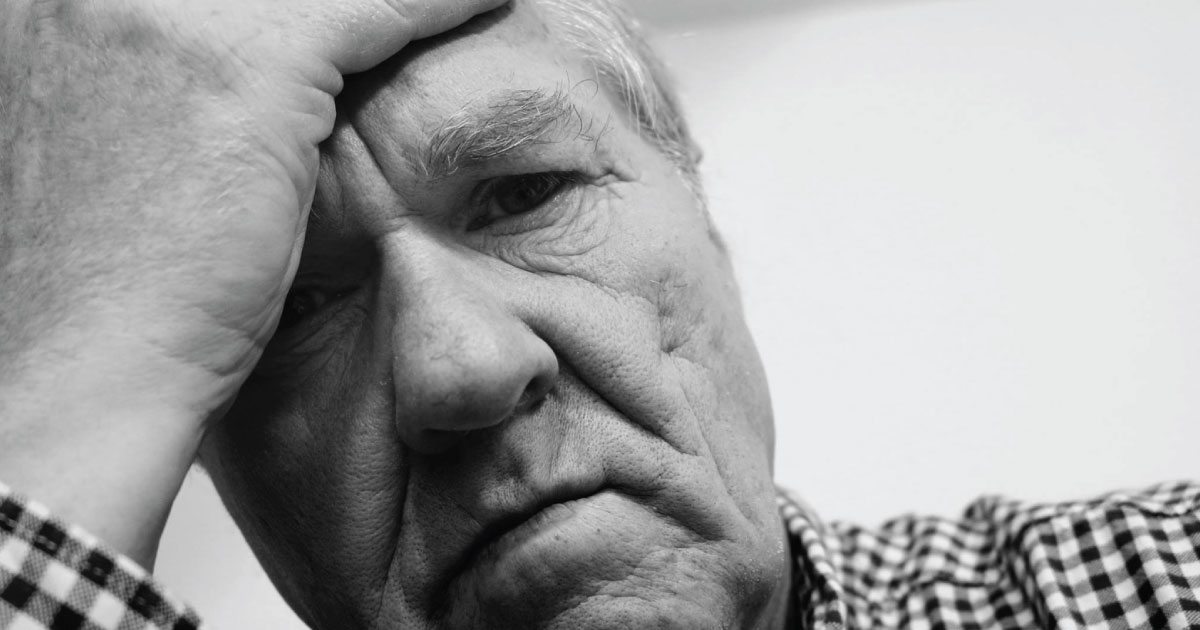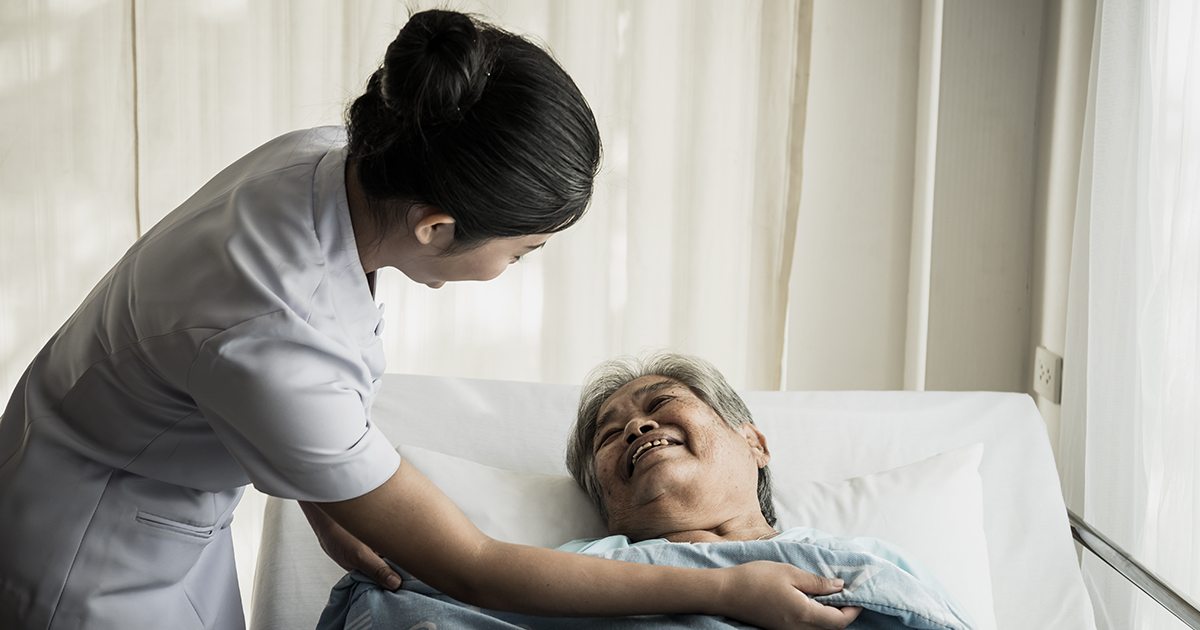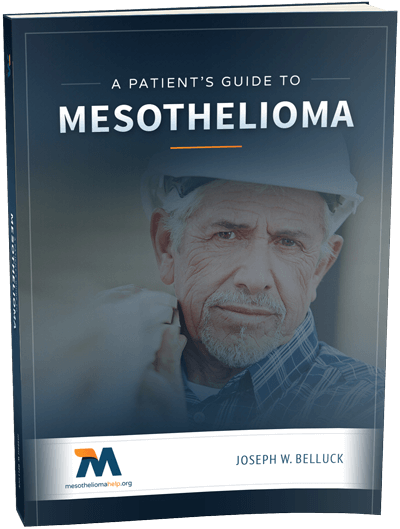Mesothelioma Help Cancer News

Mesothelioma Patients Face Risk of Bankruptcy
Early last month we reported that doctors across the country have joined forces in calling for pharmaceutical companies to lower the cost of some cancer drugs. Also cited in that article were statistics from a study that found 30% of cancer patients reported that their medical expenses were a “significant burden,” and 11% called them a “catastrophic problem.” Mesothelioma and cancer patients are being strapped with higher and higher medical expenses, and sadly, they are susceptible to going bankrupt from those costs.
Mesothelioma patients are faced with many challenging issues after they are diagnosed with the incurable, asbestos-related cancer. Determining where to receive their medical care, what treatments to use to fight the disease and how to cope with the symptoms are stressful enough, but many patients quickly realize that the financial aspect of the disease will significantly add to their stress.
In a recent study from the Fred Hutchinson Cancer Research Center in Seattle, researchers set out to understand the relationship between receiving a cancer diagnosis and filing for bankruptcy. The impact medical expense-related debt has on cancer patients was revealed:
“The researchers found that cancer patients were 2.65 times more likely to go bankrupt than people without cancer. Bankruptcy rates were two to five times higher among younger cancer patients compared to cancer patients age 65 years or older, which indicates that Medicare and Social Security may mitigate bankruptcy risk for the older group.”
The researchers, led by Scott Ramsey, M.D., Ph.D, analyzed medical, personal, legal, and bankruptcy records covering the Western District of Washington State in U.S. Bankruptcy Court from 1995 to 2009. They concluded that “employers and governments may have a policy role to play in creating programs and incentives that could help people cover expenses in the first year following a cancer diagnosis.”
According to a separate study conducted by researchers at the National Cancer Institute, the cost of cancer care in the United States is expected to rise from an estimated $125 billion in 2010 to $158 billion by the year 2020. Some patients are forced to end treatments early due to their inability to afford further care. Others continue to build debt until they are left wondering how they will cover the bills.
Know more about mesothelioma and how you can deal with it.
Mesothelioma Patients Housing Option During Treatments by Hope Lodge
When it was decided that it was time for Dad to have some further treatment, we put everything in God’s hands. The recommendation was 25 radiation treatments, over a course of 5 weeks, that would take place in New York City with Dr. Kenneth Rosenzweig of Mount Sinai Medical Center. Being away for such a long period of time is quite an undertaking, and we expected the monetary costs to be enormous. That was until we heard about Hope Lodge.
Hope Lodge is an amazing, beautiful facility funded by the American Cancer Society. They are located throughout the country and provide a free place to stay for people undergoing cancer treatment. There are strict criteria that must be met in order to be eligible, but we are blessed that Dad was accepted.
I must admit, my family was initially quite apprehensive about the Hope Lodge. When you hear that there is a free place to stay in NYC, you can’t be sure what to expect. Walking through the doors, we were pleasantly and completely surprised. We were greeted by wonderful volunteers and staff members who gave us a tour of the Lodge.
The sixth floor is the family floor equipped with a full kitchen, fireplace, entertainment center, and plenty of seating to visit with family and friends. There is a room for children, games for everyone’s use, a computer lab, meditation room, and library. It is a wonderful, calming atmosphere. This space is also used for events held by Hope Lodge. In the time my parents have been there, among other things, there has been a 100th birthday party for the American Cancer Society, dinners, games, and music, free to all guests and their families.
On this floor, there is also a balcony with plenty of space to sit outside and eat or relax. Looking to your left you see Madison Square Garden, with the Empire State Building to the right. There is a staff member on the sixth floor 24-hours-a-day to help you with any needs you may have. They are so kind and knowledgeable about the Lodge and area, and they are a great resource and friend to the guests.
We helped my family move into their beautiful, spacious room with a great view! They have their own bathroom and there is laundry and a full kitchen on every floor. These floors are only for the patient and their caregiver, allowing for a quiet, restful environment while you are receiving treatments.
My family has benefitted greatly from the services offered by the Hope Lodge. It is truly a Godsend and has made a tremendous difference in many lives. The Hope Lodge allows patients to receive lifesaving treatment they may not have been able to receive otherwise. God bless all those involved in the Hope Lodge program, and thank you on behalf of all families and patients you’ve encountered!
Mesothelioma Survivors Celebrate Life on National Cancer Survivors Day
Mesothelioma survivors are encouraged to join the nearly 14 million other Americans, and millions more around the world, who have survived cancer on Sunday, June 2, 2013, to observe the 26th annual National Cancer Survivors Day.
The day is a CELEBRATION for those who have survived, an INSPIRATION for those recently diagnosed, a gathering of SUPPORT for families, and an OUTREACH to the community, according to the National Cancer Survivors Day Foundation who sponsors the day. We encourage all mesothelioma survivors to take the time out to celebrate with your family and others.
“When most people hear the word ‘cancer,’ they automatically think the worst,” says Foundation spokesperson, Laura Shipp in a press release announcing the day. “But the truth is that more people are living longer and better quality lives after cancer than ever before. National Cancer Survivors Day is an opportunity for these cancer survivors to come together and celebrate this new reality in cancer survivorship. There is life after cancer. And that’s something to celebrate.”
The American Cancer Society reports the average survival time for people with mesothelioma, a rare cancer caused by past asbestos exposure, is between 4 and 18 months. However, between 5% and 10% of mesothelioma patients will live at least 5 years after diagnosis. The five-year survival rate for lung cancer is 16%, according to the National Lung Cancer Partnership.
The National Lung Cancer Partnership celebrated its ten-year anniversary last year, and to mark its next decade it announced its bold, new vision: double the overall five-year lung cancer survival rate, currently at 16%, to 32% in the United States by 2022.
We honor these special mesothelioma survivors who have battled the cancer and have been able to move on with their lives despite the challenges they face every day: Jan Egerton, a nearly 15-year survivor from England, Lou Williams, 10-year survivor of Australia, and Don Smitley, 18-month survivor from Pennsylvania. You can read more about these mesothelioma warriors through “Faces of Mesothelioma.”
Women cancer survivors are asked to attend the National Women Survivors Convention, which will take place this year in Nashville, TN, August 22 – 24. It’s a fabulous opportunity to learn, network and celebrate with other women survivors.
To find out more about National Cancer Survivors Day visit the Foundation’s website.

Managing “Adrenaline Rushes” with Medication
Those suffering from mesothelioma may encounter a strange phenomenon once in a while which I can only call an “adrenaline rush.” It has happened to me quite regularly over the years and recently when I posted about it on Facebook I was quite surprised that a few others have experienced it too.
I have no idea how it starts or why it happens, but I do know one thing: it can be a frightening experience. Even now that I am used to them, I still find myself scared.
I’m not sure whether they run in a pattern of time, but I do know that for me my normal temperature is 36.5C (97.7F), but when I go through one of these episodes my temperature can drop as low as 34.7C (94.5F). During my last four attacks, however, my temperature has only dropped to 35.6C (96.08F).
Sometimes they happen when I have gotten up in the middle of the night and there is a big change in temperature from being under covers in the bedroom to entering the cold tiled floor of the bathroom, or when I have been hot and come into a cool room. Whether this is the trigger I do not know. It starts by me feeling unsettled, then I feel that I can’t get air and my heart seems to start racing. I know the best thing is to try and sleep through this, but I can’t lie down because my body starts telling me that I can’t breathe. I have paced before, but I found this seems to make the heart race more. I can’t sit still, my mind is everywhere and I become clammy.
I am not an advocate of taking pills for the sake of them, but when these adrenalin rushes start I have found that taking a diazepam (marketed as Valium) tablet is the only way I can get through them.
I fluctuate between being too hot and too cold. Then I fluctuate between wanting to lie down and wanting to stand up. In the doctor’s waiting room I was hot and cold, on and off the chair, feeling tearful one moment and angry the next. He was running late and honestly I wanted to lie down and die.
The doctor took my temperature, asked me a few questions but I can’t really remember any of them, all I wanted to do was be knocked out to stop my mind from working overtime. He prescribed diazepam, not a tablet he likes to give but one that he knew would settle me. For me the medicine takes about twenty minutes to work, and during that time I try to relax. I typically then fall asleep, and wake up a few hours later after the attack has passed feeling much better.
I understand my body quite well and sometimes I believe these rushes are the start of a growth of a new tumour, maybe it’s my way of the body trying to tell me that all is not well.
It would be interesting to know if any other Mesothelioma patients go through this or something similar, and if you do, how you manage the effects. Feel free to comment below of your experiences.
Additional information about Adrenaline Rushes:
According to Livestrong.com, an adrenaline rush is a sudden increase in the secretion of adrenaline from the adrenal glands. When a person is under stress, these hormones are released to initiate the “fight or flight” response which often includes increased heart rate and an increase in the blood flow to essential organs. The cause of an adrenaline rush may be an imagined threat as opposed to an actual physical threat. An adrenaline rush can also be initiated by strenuous exercise, heart failure, chronic stress, anxiety or a disorder of the brain or adrenal glands, according to Livestrong.
https://www.livestrong.com/article/203790-what-happens-during-an-adrenaline-rush/
Symptoms of an adrenaline rush are similar to those of a panic attack. The American Cancer Society discusses panic attacks on its website under information about anxiety and fear that many people with cancer often face.
http://www.cancer.org/cancer/malignantmesothelioma/detailedguide/malignant-mesothelioma-treating-c-a-m

Useful Mesothelioma Terms for Families Facing Mesothelioma
When dealing with a mesothelioma diagnosis, you learn a new way of life. Everything changes, including your vocabulary. Three terms that I didn’t know anything about before mesothelioma came into my life are pleural effusion, thoracentesis, and pleurectomy.
The term “pleural effusion” came into play before Dad’s diagnosis. Pleural effusion is essentially fluid in the lung. This was Dad’s main, tangible symptom. It was part of the cause of his fatigue and shortness of breath. He was admitted into the hospital with this diagnosis on Thanksgiving Eve, 2011.
On Thanksgiving Day of 2011, we learned another new word, thoracentesis. Essentially, this is where your lung is “tapped” and fluid is drained from it. Although Dad got a little relief after this was done, the fluid kept returning and was drained again in January, during a VATS procedure (an exploratory surgery that led to his diagnosis), and February 2012 during his pleurectomy.
“Pleurectomy” is a word that was so foreign and scary, but that has become close to our hearts, as it saved Dad’s lung and his life. Dr. Harvey Pass performed this surgery on my father on February 15, 2012, at NYU Langone in New York City. To define a pleurectomy in very simple terms, it entails removing the lining of the lung, where mesothelioma usually attaches itself.
So many other terms that you hear in passing become part of your everyday life: chemotherapy, radiation, oncology and ports, just to name a few. When I say that every aspect of life changes, I mean that literally! It does become a lot to take in and can be tough to manage at some points.
Just remember, there are people there to help you 100% of the time. Pray, keep your faith strong, and take it one day (or word!) at a time.
Know more about Mesothelioma and how you can deal with it.
Free Mesothelioma Patient & Treatment Guide
We’d like to offer you our in-depth guide, “A Patient’s Guide to Mesothelioma,” absolutely free of charge.
It contains a wealth of information and resources to help you better understand the condition, choose (and afford) appropriate treatment, and exercise your legal right to compensation.
Download Now